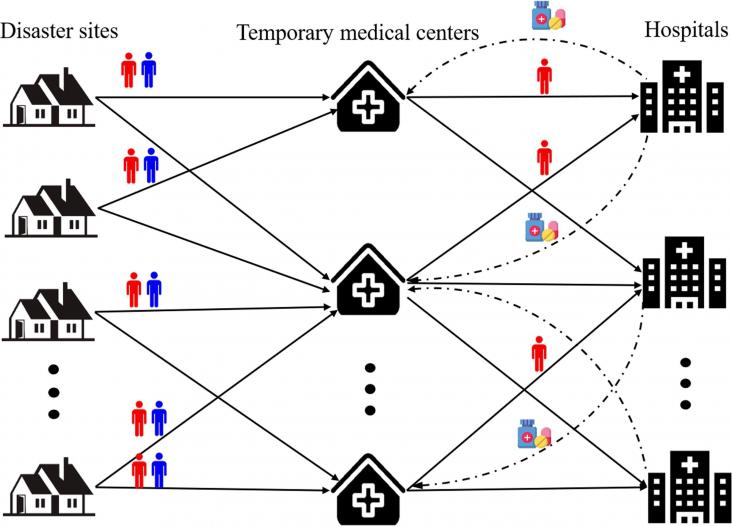This review can serve as a basis for the development of a composite assessment indicator allowing for a complete assessment of all dimensions of sustainability, as it describes how the Mediterranean diet has been evaluated and points out what could be the main limitations of these assessments.
This article brings together the speakers from the Symposium and presents a synthesis and summary of 3 of the world’s biggest problems in the 21st century: the burden of malnutrition and noncommunicable diseases (NCDs), the consequences of climate change, and the massive economic and social inequities within and among nations. All 3 are directly related to sustainable food systems that are shared collectively and globally.
This Study explores the racial disparities that exist in the emergency departments of 4 hospitals, when they are most prevalent, and how patients' sociodemographic characterstics impact image acquisition time, raising awareness for SDGs 3, 9 and 10.
This Study supports SDGs 3 and 10, illuminating the substantial racial disparities in men and women diagnosed with colorectal cancer and the impact these disparities have on treatment and outcomes.
This chapter aligns with Goal 14: Life Below Water and Goal 3: Good Health and Wellbeing by highlighting some of the many beneficial pharmaceutical applications of marine-derived compounds.
This chapter aligns with Goal 14: Life Below Water and Goal 3: Good Health and Wellbeing by highlighting some of the many beneficial nutritional applications of marine-derived lipids.
This article aligns with the SDG goal 3 of good health and wellbeing and SDG 10 Reduced inequalities by showing the importance of continuing screening for hepatitis and early detection of liver damage, especially in high-risk population groups.
Elsevier, Transportation Research Part E: Logistics and Transportation Review, Volume 157, January 2022

